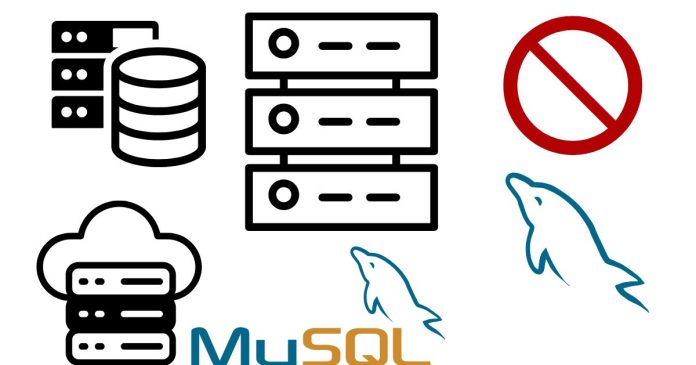The error 'Access denied for user 'root'@'localhost' in MySQL typically indicates that the MySQL server is denying access to the root user from the localhost host. This can be caused by a variety of reasons, including incorrect credentials, permission issues, or configuration problems. Here’s a step-by-step guide to troubleshoot and resolve this issue:
1. Check MySQL User Permissions
Make sure that the root user has the correct permissions to access the MySQL server from localhost.
- Log in to MySQL as the root user:
mysql -u root -p - If you’re unable to log in due to access denial, try logging in as the system administrator (if possible) and reset the MySQL root password.
2. Reset the MySQL Root Password
If you are unable to log in with the root user due to the access denied error, you can reset the password by following these steps:
a. Stop the MySQL Service:
- On Linux:
sudo service mysql stop - On macOS (using Homebrew):
brew services stop mysql - On Windows (if MySQL is running as a service):
net stop mysql
b. Start MySQL in Safe Mode:
Start MySQL without loading the grant tables, so you can access the database without any password authentication.
- On Linux/macOS:
sudo mysqld_safe --skip-grant-tables & - On Windows: Navigate to your MySQL installation folder and run:
mysqld --skip-grant-tables
c. Log in to MySQL:
Now that MySQL is running without enforcing permissions, log in:
mysql -u root
d. Change the Root Password:
Once logged in, run the following SQL commands to update the root password:
USE mysql;
UPDATE user SET authentication_string = PASSWORD('new_password') WHERE User = 'root';
FLUSH PRIVILEGES;
For MySQL 5.7.6 and above, the password field might be authentication_string, and for older versions, it might be password.
e. Restart MySQL Normally:
Exit MySQL and restart the MySQL service:
- On Linux/macOS:
sudo service mysql start - On Windows:
net start mysql
3. Verify User Host
Make sure that the root user is allowed to connect from the localhost host. You can check this by running the following query:
SELECT User, Host FROM mysql.user WHERE User = 'root';
This will show the allowed hosts for the root user. If localhost is not listed, you’ll need to add it.
4. Flush Privileges
If the permissions were altered, make sure to flush the privileges so the changes take effect:
FLUSH PRIVILEGES;
5. Check for bind-address Configuration
Ensure that MySQL is configured to accept connections from localhost. You can check this in the MySQL configuration file.
- Linux/macOS: Edit the
/etc/mysql/my.cnfor/etc/my.cnffile and ensure thebind-addressis set to127.0.0.1orlocalhost:[mysqld] bind-address = 127.0.0.1 - Windows: Edit the
my.iniormy.cnffile and ensure the same configuration.
After making changes, restart MySQL for the changes to take effect.
6. Check for Multiple MySQL Installations
Ensure that you are connecting to the correct MySQL instance. If you have multiple MySQL installations (e.g., one installed via a package manager and another manually), the wrong instance may be causing the problem. You can check the MySQL service status:
- On Linux:
sudo service mysql status - On macOS:
brew services list - On Windows: Check the installed services via the “Services” window (search for
services.msc).
7. Check MySQL Logs
Review the MySQL error log for more details on the access denied error. The log is typically located at /var/log/mysql/error.log or /var/log/mysqld.log on Linux systems.
8. Recreate the Root User
If all else fails, you can create a new root user with sufficient privileges:
CREATE USER 'root'@'localhost' IDENTIFIED BY 'new_password';
GRANT ALL PRIVILEGES ON *.* TO 'root'@'localhost' WITH GRANT OPTION;
FLUSH PRIVILEGES;


